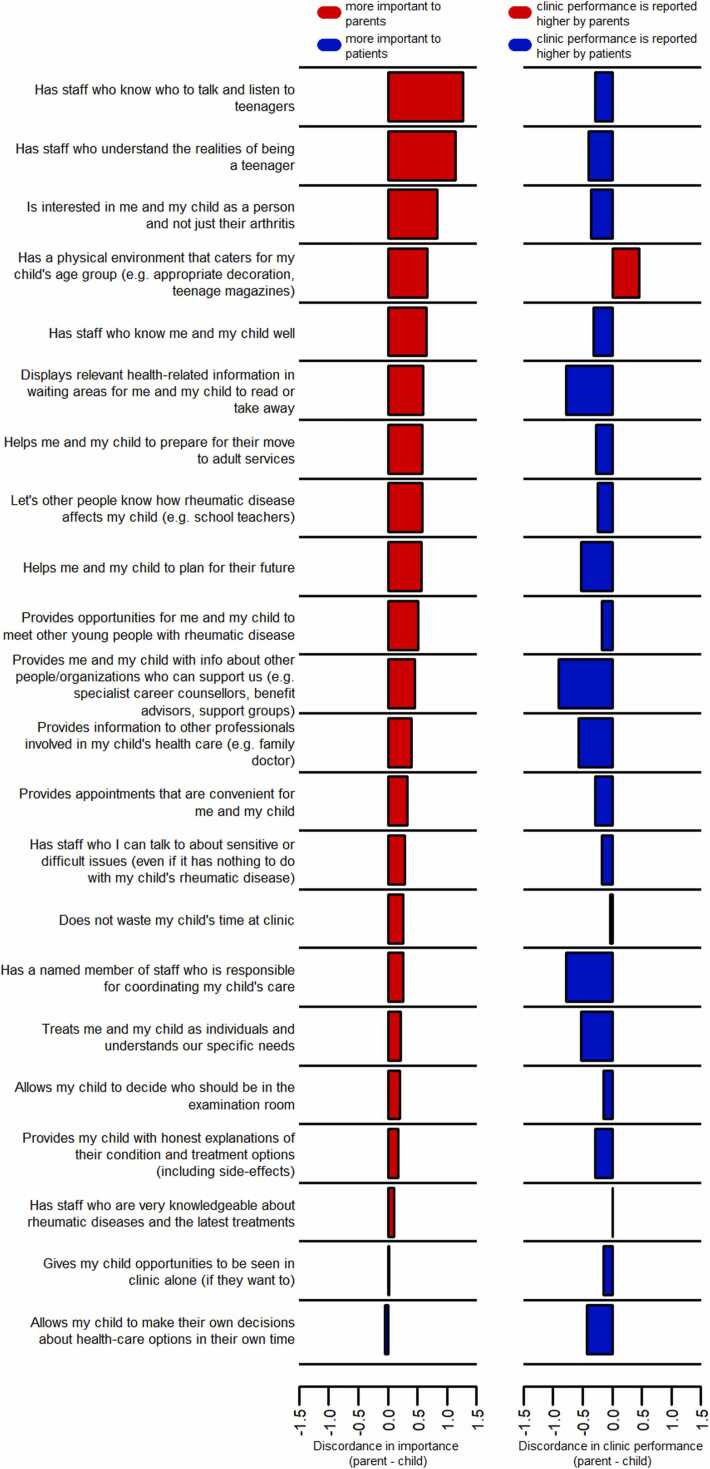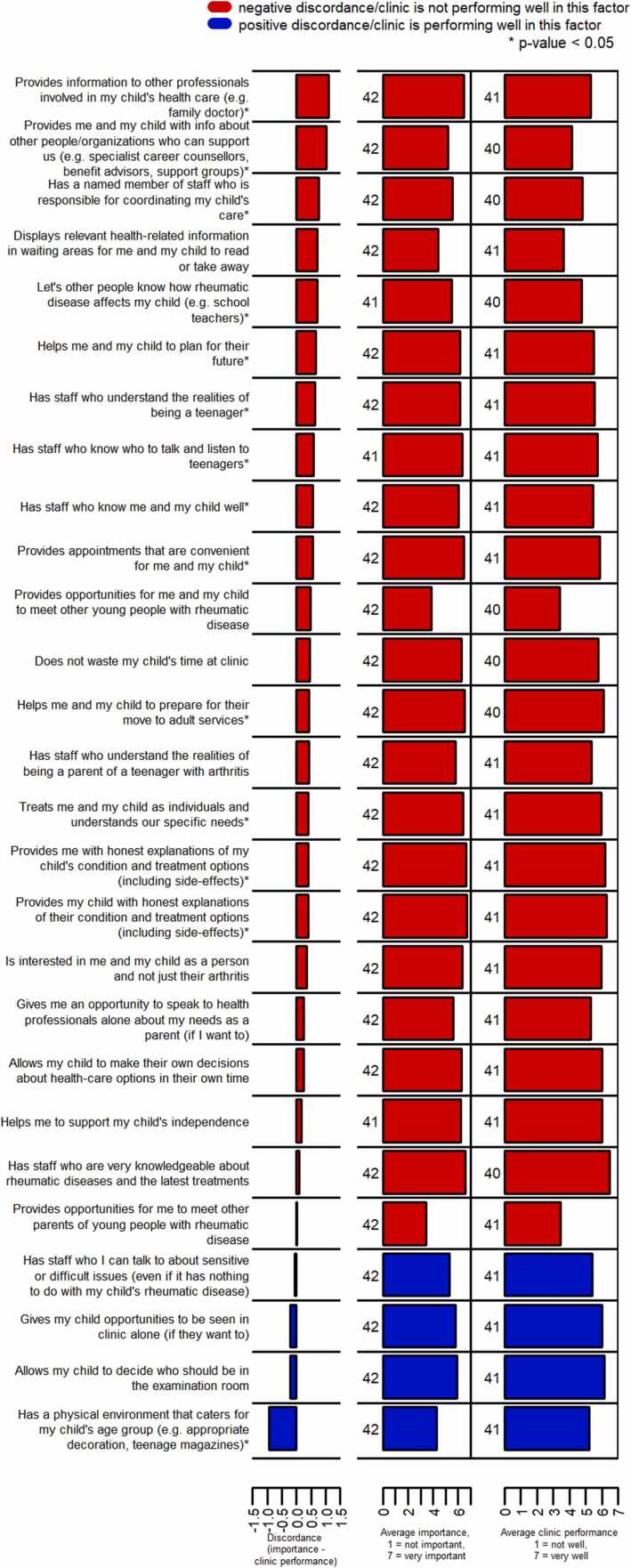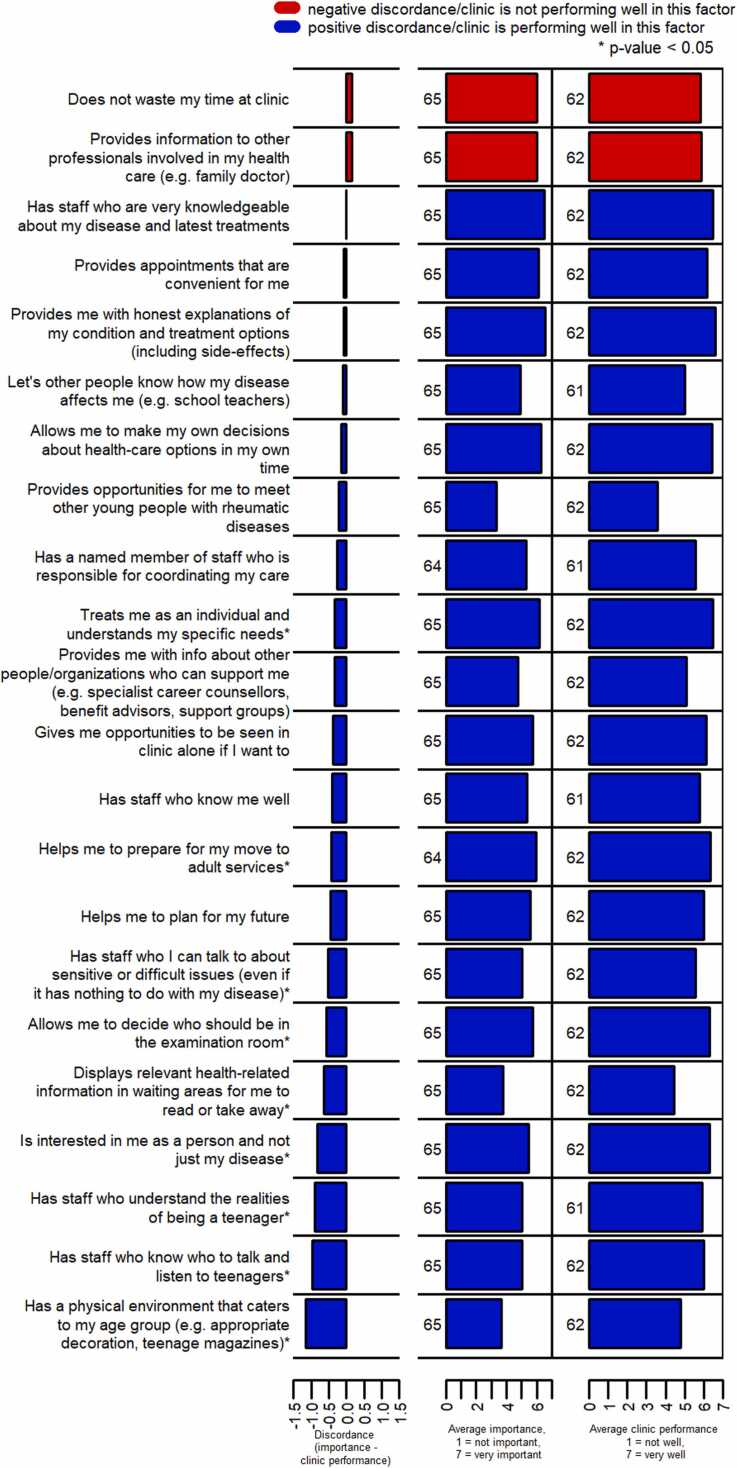Patient and parent perspectives on an academic rheumatology transition clinic
引用次数: 0
Abstract
Objectives
To better define components of successful Health Care Transition (HCT) we surveyed patients in an academic Rheumatology Transition clinic at the University of Utah. Results can be used to improve HCT over time.
Methodology
We asked patients and parents to complete Mind the Gap and the Transition Feedback survey as part of a larger registry dataset collected from said Rheumatology Transition clinic. Results from Mind the Gap and the Transition Feedback survey were analyzed. Survey responses are presented as averages.
Results
Sixty-five patients and 42 parents completed Mind the Gap. Patients report that the clinic is outperforming their expectations in 20 of 22 variables. Parents report that the clinic is underperforming their expectations in 23 of 27 variables. Parents value these 22 variables more than the patients. Twenty-four patients and 15 parents completed the Transition Feedback survey. More than 50 % of patients and parents state that the components of HCT curriculum were addressed. 58 % of patients (14 out of 24) reported feeling “very ready” to move to an adult doctor or other health care provider. 53 % of parents (8 out of 15) felt their child was “very ready” to move to an adult doctor or other health care provider.
Conclusion
A difficulty in defining a successful transfer is how to simultaneously integrate the perspective and needs of the patient and parents. This research shows that the values of patients and their parents generally align. However, there are important disparities between these groups. We demonstrate that even in a dedicated Transition clinic, not all components of HCT are being administered and that only half of patients and parents feel prepared to transfer.



患者和家长的观点在学术风湿病过渡诊所。
目的:为了更好地定义成功的医疗保健转换(HCT)的组成部分,我们调查了犹他大学风湿病学转换学术诊所的患者。随着时间的推移,结果可用于改善HCT。方法:我们要求患者和家长完成Mind the Gap和过渡反馈调查,作为从上述风湿病过渡诊所收集的更大注册数据集的一部分。分析了Mind the Gap和Transition Feedback调查的结果。调查结果以平均值表示。结果:65名患者和42名家长完成了Mind the Gap。患者报告说,在22个变量中,诊所在20个方面的表现超出了他们的预期。家长们报告说,诊所在27项变量中的23项没有达到他们的期望。父母比患者更看重这22个变量。24名患者和15名家长完成了过渡反馈调查。超过50% %的患者和家长表示,HCT课程的组成部分得到了解决。58 %的患者(24人中有14人)报告感觉“非常准备”转向成人医生或其他卫生保健提供者。53 %的父母(15人中有8人)认为他们的孩子“已经准备好”去看成人医生或其他医疗保健提供者。结论:如何同时整合患者和家长的观点和需求是确定成功转移的一个难点。这项研究表明,病人和他们父母的价值观通常是一致的。然而,这些群体之间存在着重要的差异。我们证明,即使在专门的过渡诊所,也不是所有HCT的组成部分都得到了管理,只有一半的患者和家长觉得准备好了转移。
本文章由计算机程序翻译,如有差异,请以英文原文为准。
求助全文
约1分钟内获得全文
求助全文

 求助内容:
求助内容: 应助结果提醒方式:
应助结果提醒方式:


